
Help! Why isn’t My Dog Potty Trained?
“I have a 6-month old Cocker spaniel. She is so hard to potty train. She could go outside for an hour and still come inside to pee. Can you help?” (*)
House training a dog should be simple, except sometimes we jump to conclusions about the dog’s understanding of the process, or assume she is a mind-reader.
An Inconvenient Problem
In Claudia’s case, a critical clue is in the sentence: She [the dog] could go outside for an hour and still come inside to pee.
To me this paints the following scenario:
The unaccompanied Cocker goes into the garden. Perhaps Mom told her to “Go toilet”, but then disappeared back inside. The Cocker has a vague notion that “Toilet” means being alone outdoors, but little other understanding of what the word means.
A bee buzzes by, and quickly she becomes distracted. Then she picks up the scent trial of a cat that passed through. She becomes so pre-occupied that she forgets about her full bladder and puts her energy into digging, playing, and generally enjoying the fresh air.
Mom takes her back inside, at which point the Cocker remembers her uncomfortable bladder. But that’s OK because there’s a spot in the lounge room she uses regularly, which smells reassuringly of pee… so it must be OK.
In short, our Cocker has no idea about toileting outdoors but has reassuring scent markers indoors. Guess what? She pees and poops inside.
How to Potty Train
To turn things around and get this Cocker trained Mom must do two things: Make indoors less attractive as a toilet and teach Cocker the place to go is outside.
Indoor Action:
Outdoor Improvements:
Add in patience and persistence and the “penny will drop”! Your aim is to show the dog that her waste products are tradeable for fuss and attention, thus making her eager to save them up to spend in the appropriate place. Best of luck!
[*] This question was asked at a recent Holly & Hugo Q&A webinar. These sessions take place twice a month and are free for all Holly & Hugo students. To sign up click on Webinar banner in Your Virtual Campus. Not a student yet? Sign up to our Newsletter to get discount offers for our courses and FREE guides and resources. Sign up Now!
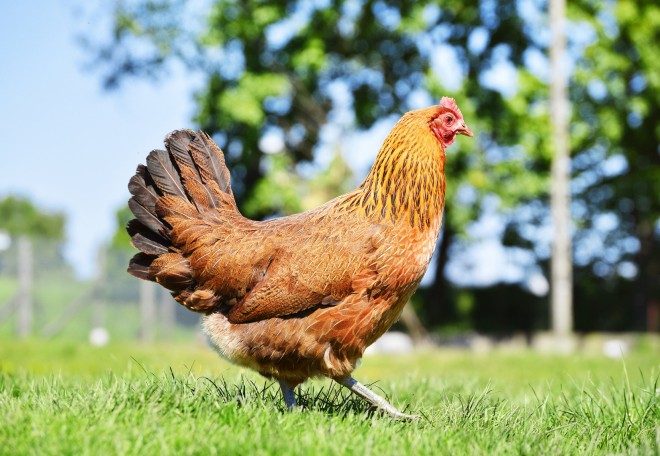 The Benefits Of Feeding Apple Cider Vinegar To Chickens
The Benefits Of Feeding Apple Cider Vinegar To Chickens
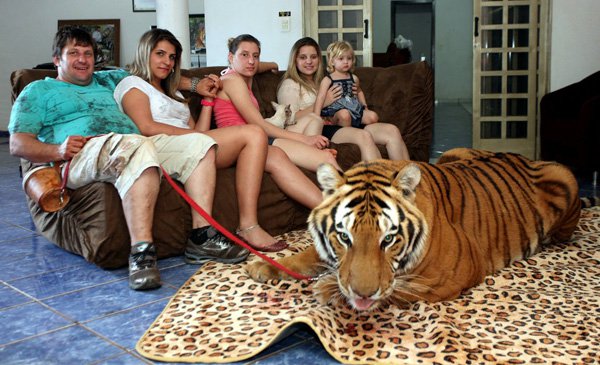 The best thing that needs to be learnt about pets
The best thing that needs to be learnt about pets
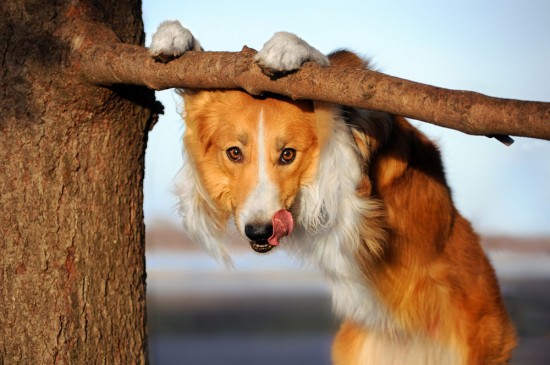 Stroppy Teenagers? All About Adolescent Dogs
Stroppy Teenagers? All About Adolescent Dogs
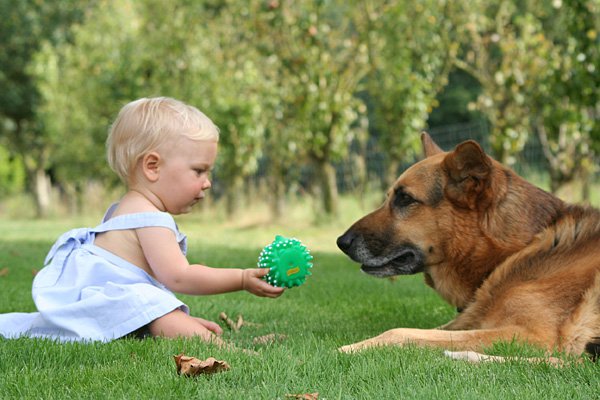 How to DIY a Spring Toy for Your Pet Dog
How to DIY a Spring Toy for Your Pet Dog
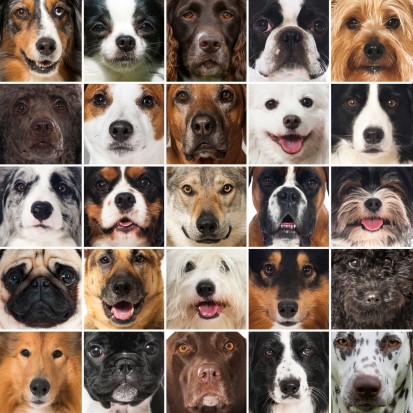 Some Rules To Follow When Narrowing Down Your Search For A New Dog
Some Rules To Follow When Narrowing Down Your Search For A New Dog
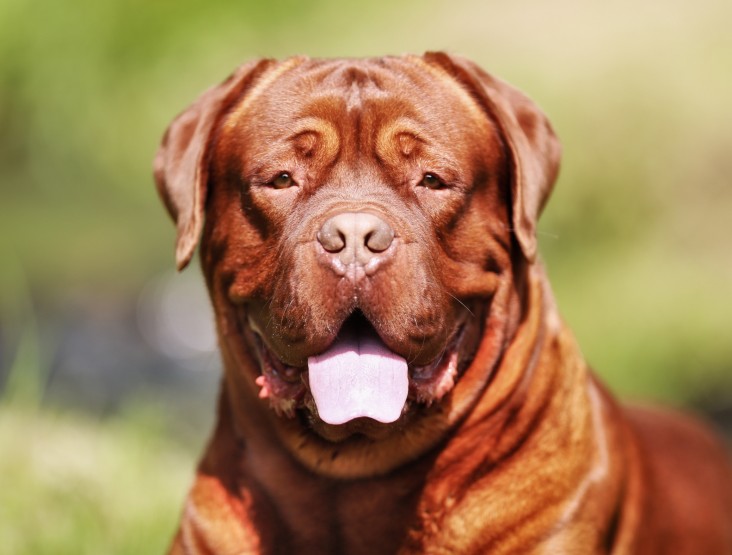 Five Health Conditions That Are Unique To Male Dogs
Five Health Conditions That Are Unique To Male Dogs
Copyright © 2005-2016 Pet Information All Rights Reserved
Contact us: www162date@outlook.com